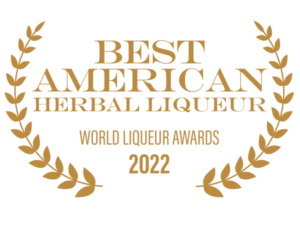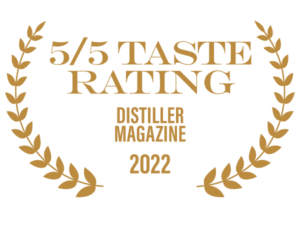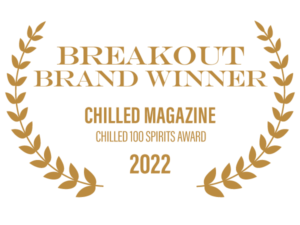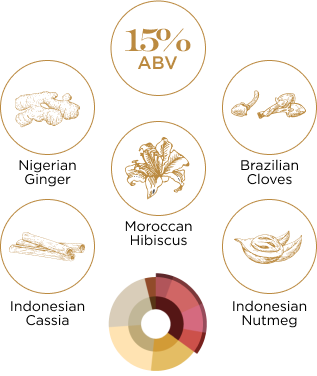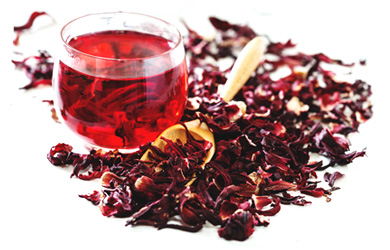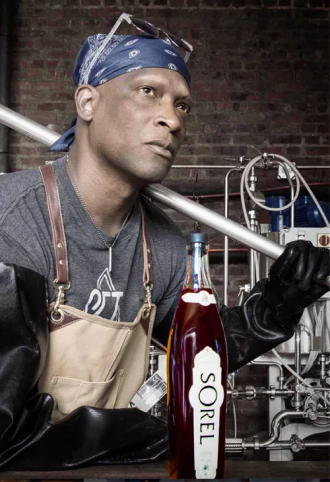Hibiscus
FLAVORED
Caribbean
Classic
From Barbados to Brooklyn
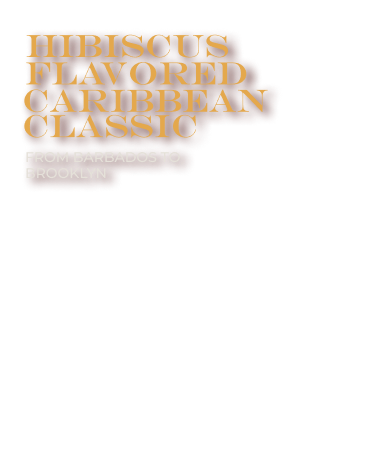
The Most Awarded Liqueur


PRESERVING HISTORY
A 500 YEAR JOURNEY
Born of the spice trade, versions of sorrel date back to the 1600s, when hibiscus flowers were first imported to the New World from West Africa and hibiscus-based beverages became a Caribbean tradition. Made with Moroccan hibiscus blended with Brazilian clove, Indonesian cassia and Nigerian ginger, this bright red liqueur from Brooklyn is a modern twist on a timeless classic.
PRESERVING HISTORY
A 500 YEAR JOURNEY
Born of the spice trade, versions of sorrel date back to the 1600s, when hibiscus flowers were first imported to the New World from West Africa and hibiscus-based beverages became a Caribbean tradition. Made with Moroccan hibiscus blended with Brazilian clove, Indonesian cassia and Nigerian ginger, this bright red liqueur from Brooklyn is a modern twist on a timeless classic.
IN THE BEGINNING
The Red Drink
Across the African diaspora, there is an ancestral memory of The Red Drink. It begins in West Africa, where hibiscus, a potent botanical, was used for medicinal purposes. As the Transatlantic Trade began, these pungent flowers and the knowledge of their homeopathic powers traveled from their homeland alongside enslaved Africans.
A CARIBBEAN CLASSIC
British naval officers would add a portion of their stipend of rum to the tea as a preservative. As the islands of the Antilles became ports of trade for spice and bodies, the beverage which came to be known as sorrel became a tradition across the Caribbean islands.
1800s
A 500
YEAR JOURNEY
The Lokono (The Arawak)–Indigenous peoples who inhabited the island now known as Barbados 1600 years before the birth of Christ–were almost entirely eradicated by British colonization. The first English ship landed on Bajan shores in the year 1625. By 1627 the island had become a port for the sale of spices and enslaved Africans. Heirloom crops like cotton, cassava, and corn were razed to make way for tobacco and sugar plantations.
THE TRADITION CONTINUES
The slave trade continued in Barbados until England abolished slavery in 1834. Barbados would continue as a British colony until they gained independence in 1966. Throughout this time, the culinary traditions of the remaining Indigenous people and enslaved Africans intermingled, creating a remarkable food culture.
How it Started
The
Original
Red Drink
Across the African diaspora, there is an ancestral memory of The Red Drink. It begins in West Africa, where hibiscus, a potent botanical, was used for medicinal purposes. As the Transatlantic Trade began, these pungent flowers and the knowledge of their homeopathic powers traveled from their homeland alongside enslaved Africans.
A Caribbean Classic
British naval officers would add a portion of their stipend of rum to the tea as a preservative. As the islands of the Antilles became ports of trade for spice and bodies, the beverage which came to be known as sorrel became a tradition across the Caribbean islands.
1800s
HOW WE GOT HERE
The Lokono (The Arawak)–Indigenous peoples who inhabited the island now known as Barbados 1600 years before the birth of Christ–were almost entirely eradicated by British colonization. The first English ship landed on Bajan shores in the year 1625. By 1627 the island had become a port for the sale of spices and enslaved Africans. Heirloom crops like cotton, cassava, and corn were razed to make way for tobacco and sugar plantations.
The Tradition Continues
The slave trade continued in Barbados until England abolished slavery in 1834. Barbados would continue as a British colony until they gained independence in 1966. Throughout this time, the culinary traditions of the remaining Indigenous people and enslaved Africans intermingled, creating a remarkable food culture.
1900s
Barbados to Brooklyn
In 1920 Jack’s maternal grandparents, Deighton and Nita Merrick, emigrated from the tiny island nation of Barbados to the United States. Like so many immigrants, they made their way to Harlem NY, in the pursuit of a better life for their progeny.
Deighton, a trained chef, found work in some of the finest restaurants in New York City at the time. Deighton taught Nita how to cook, who in turn taught their second eldest daughter, Billy. Many years later, Billy would later pass this culinary tradition on to her son, Jack: the knowledge of self and heritage through spice.
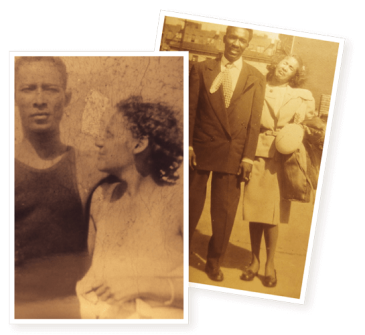
1900s
Barbados to Brooklyn
In 1920 Jack’s maternal grandparents, Deighton and Nita Merrick, emigrated from the tiny island nation of Barbados to the United States. Like so many immigrants, they made their way to Harlem NY, in the pursuit of a better life for their progeny.
Deighton, a trained chef, found work in some of the finest restaurants in New York City at the time. Deighton taught Nita how to cook, who in turn taught their second eldest daughter, Billy. Many years later, Billy would later pass this culinary tradition on to her son, Jack: the knowledge of self and heritage through spice.

2010
America’s First Legal Black Distillery
Jack was diagnosed with a spinal tumor, and given slim chance of survival. Beating the odds yet changed from the ordeal, Jack chose to use his new perspective to leave a 25 year career in corporate America to bring this 500 year old tradition to market. Despite not having a background as a food chemist, Jack was able to create the first-evert shelf stable version of this 500-year old beverage.
When Jack launched the micro-distillery JackFromBrooklyn in 2012, he was at the time, the only Black person in America with a license to make liquor. To date, he is the first known Black person to hold this license, post-prohibition.
From the Founder
This story began hundreds of years before I was born. This is the story of my ancestors, both African and Indigenous. This is the story of my grandparents, who emigrated from the island of Barbados to the tenements of Harlem NY in the roaring 1920s. I may never fully understand the sacrifices that were made in order for me to carry this story forward. This story has gone on for centuries. I am merely its steward.
And now you are part of the narrative.

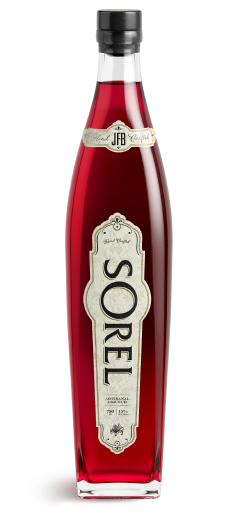
Get Yours Today
Choose a convenient way to buy. Sorel can be found in stores or ordered directly.
Contact
Sales
For bulk supplies or questions about product placement, contact us directly.






